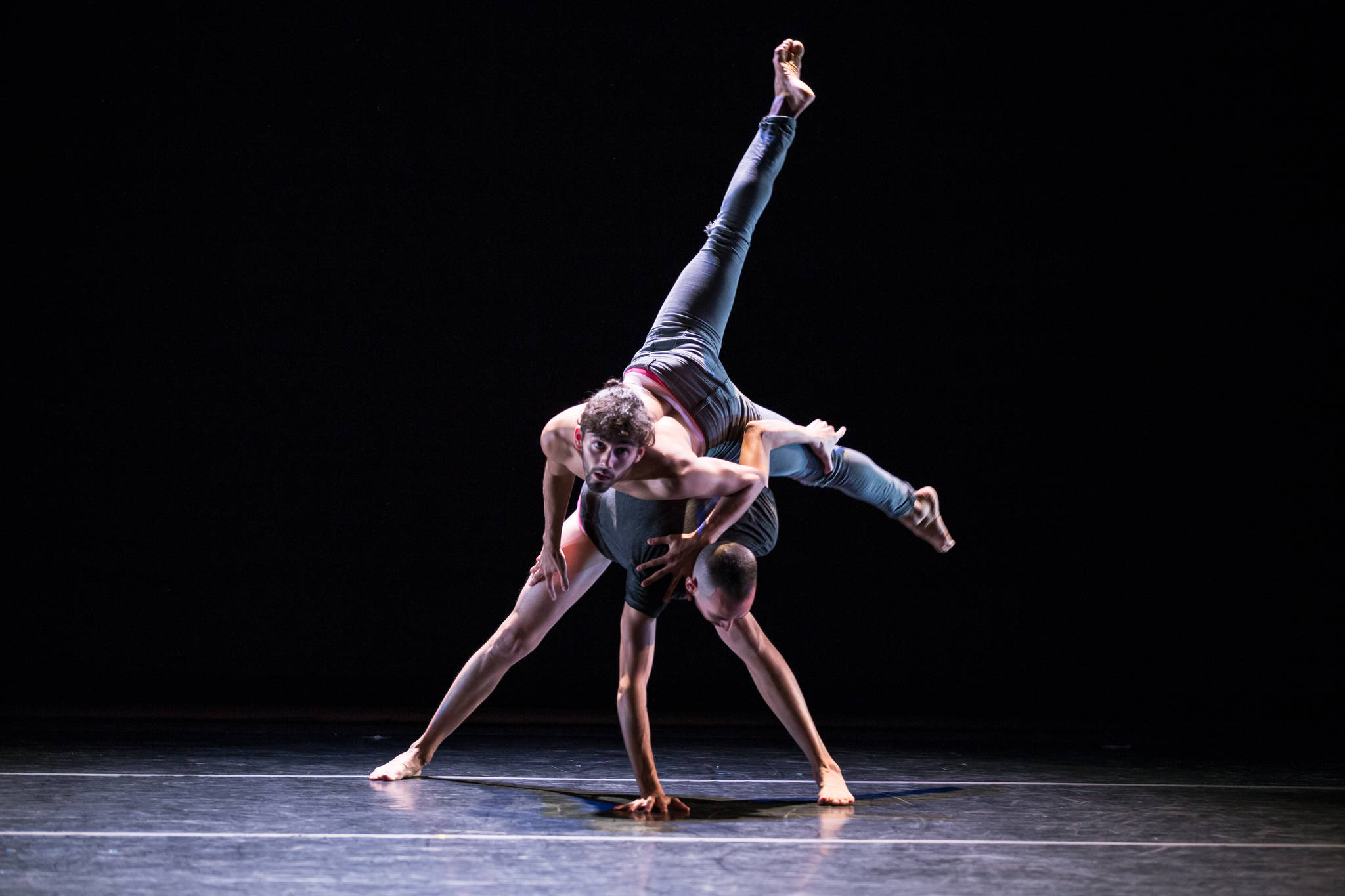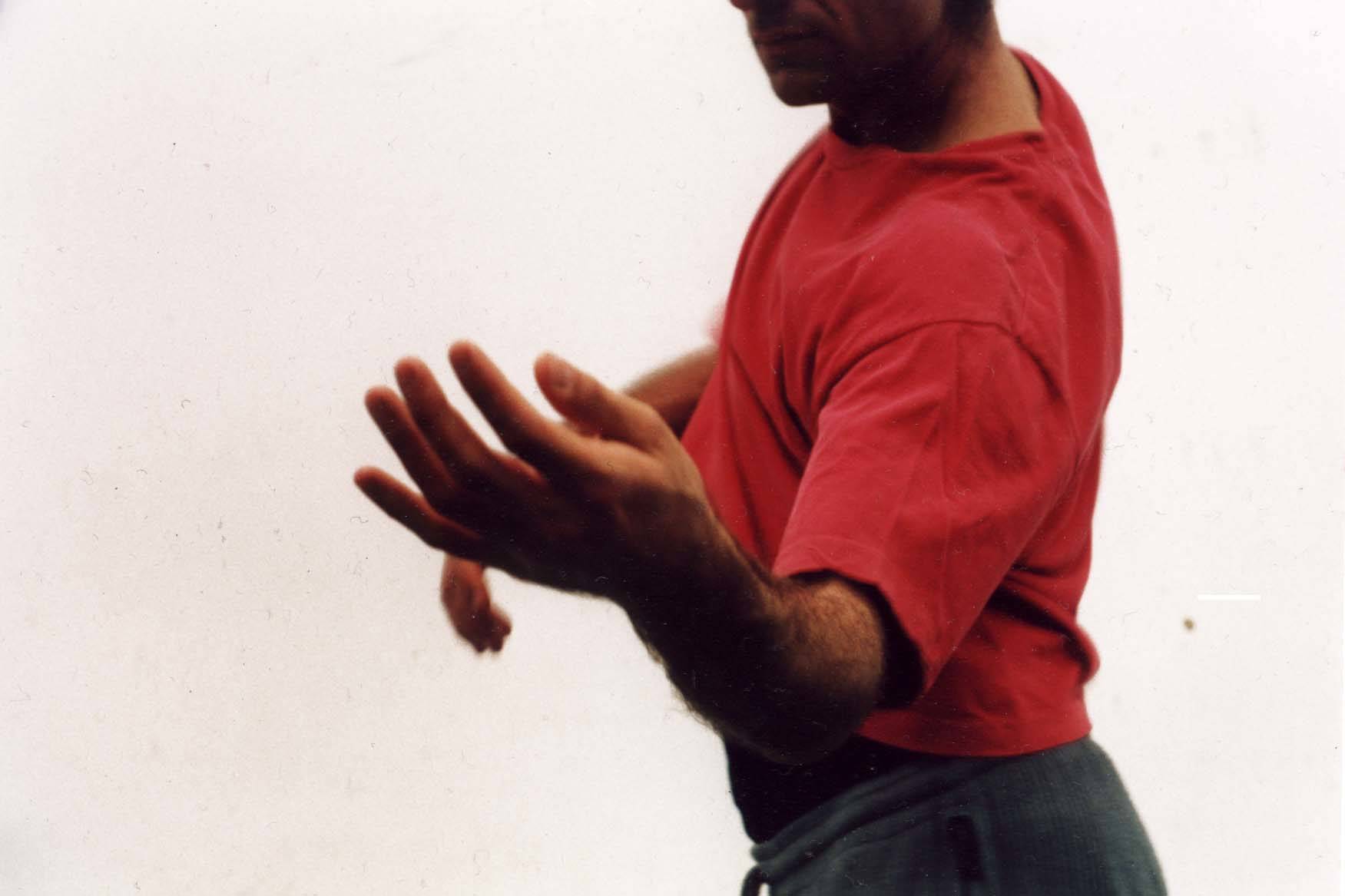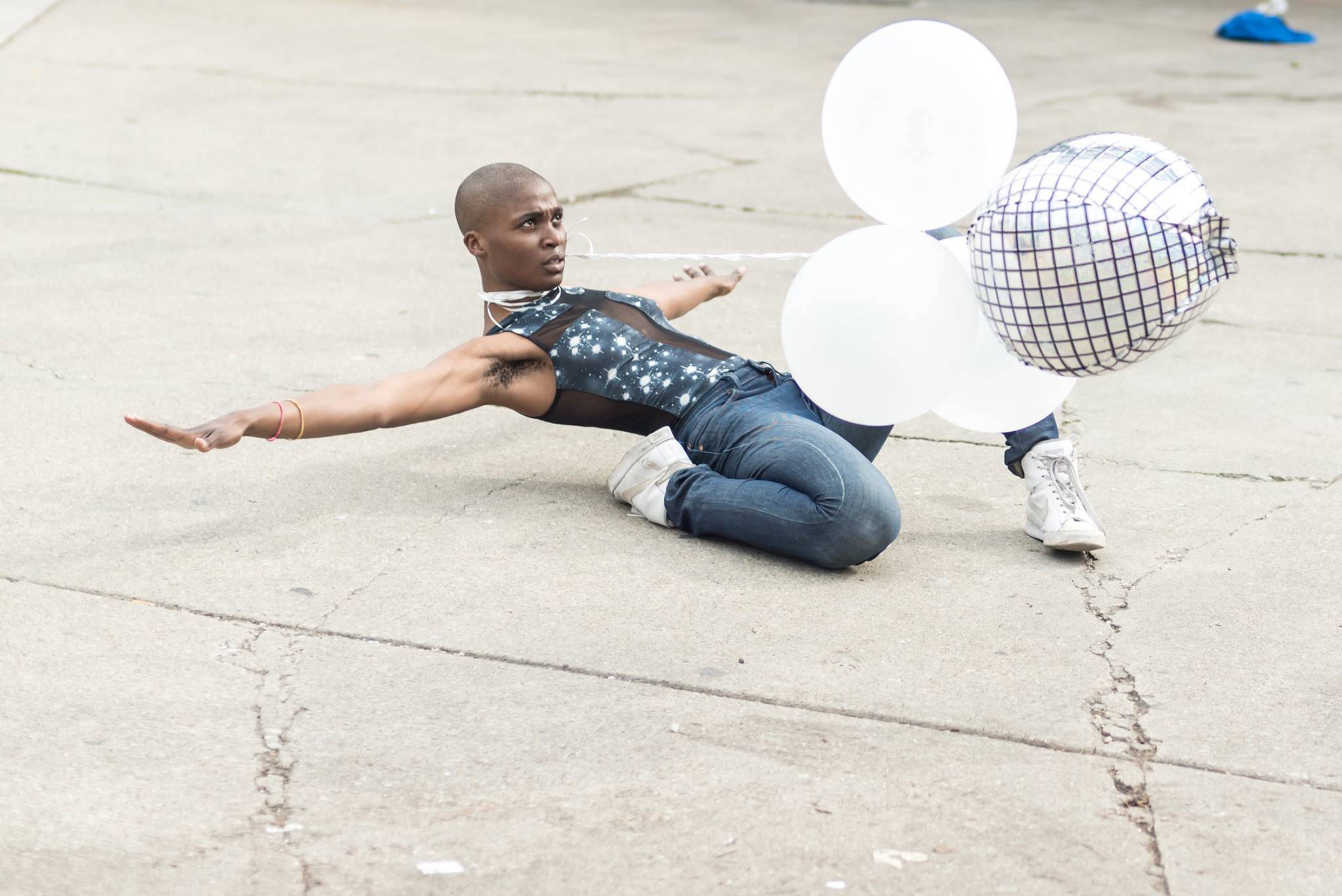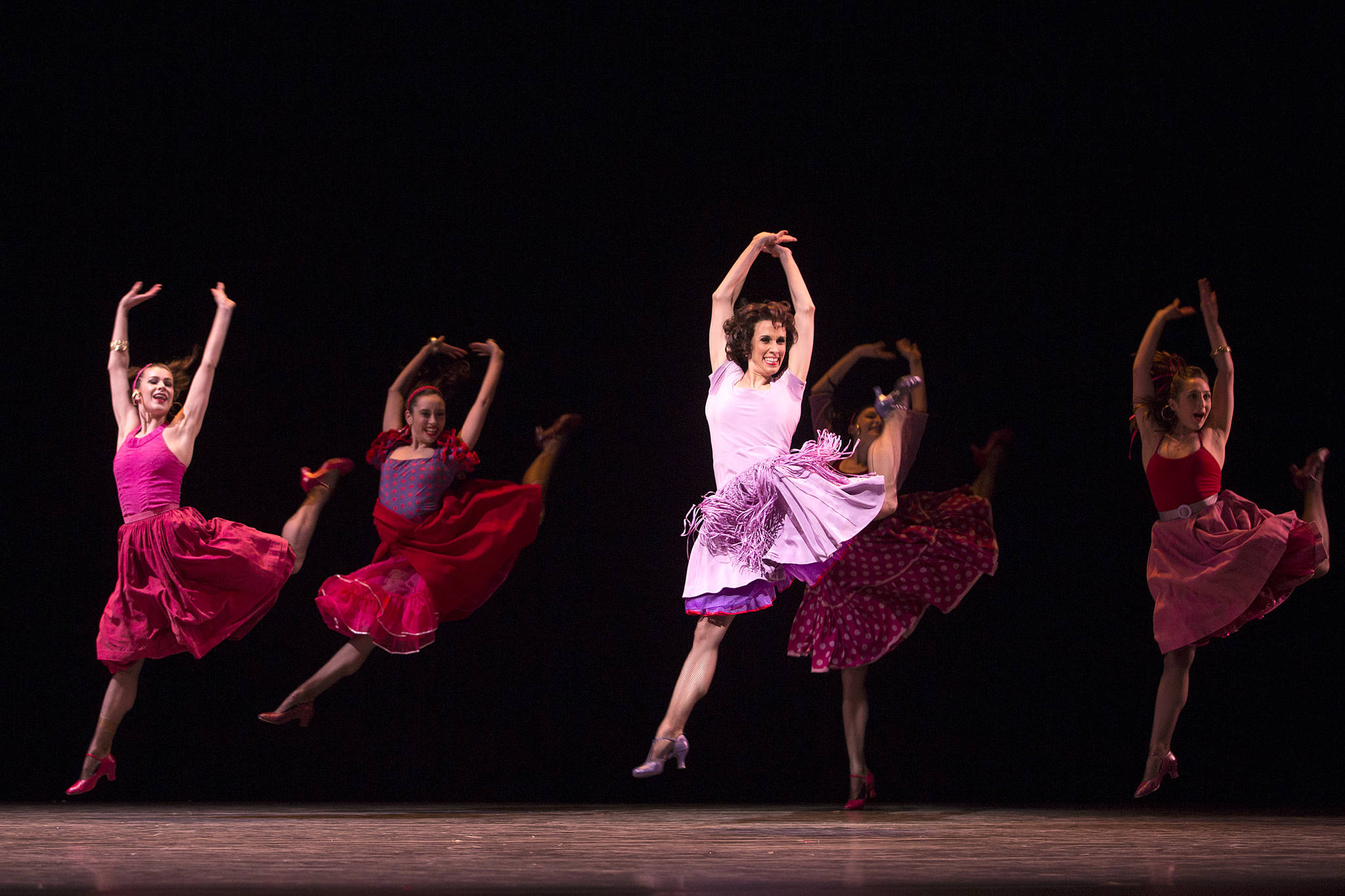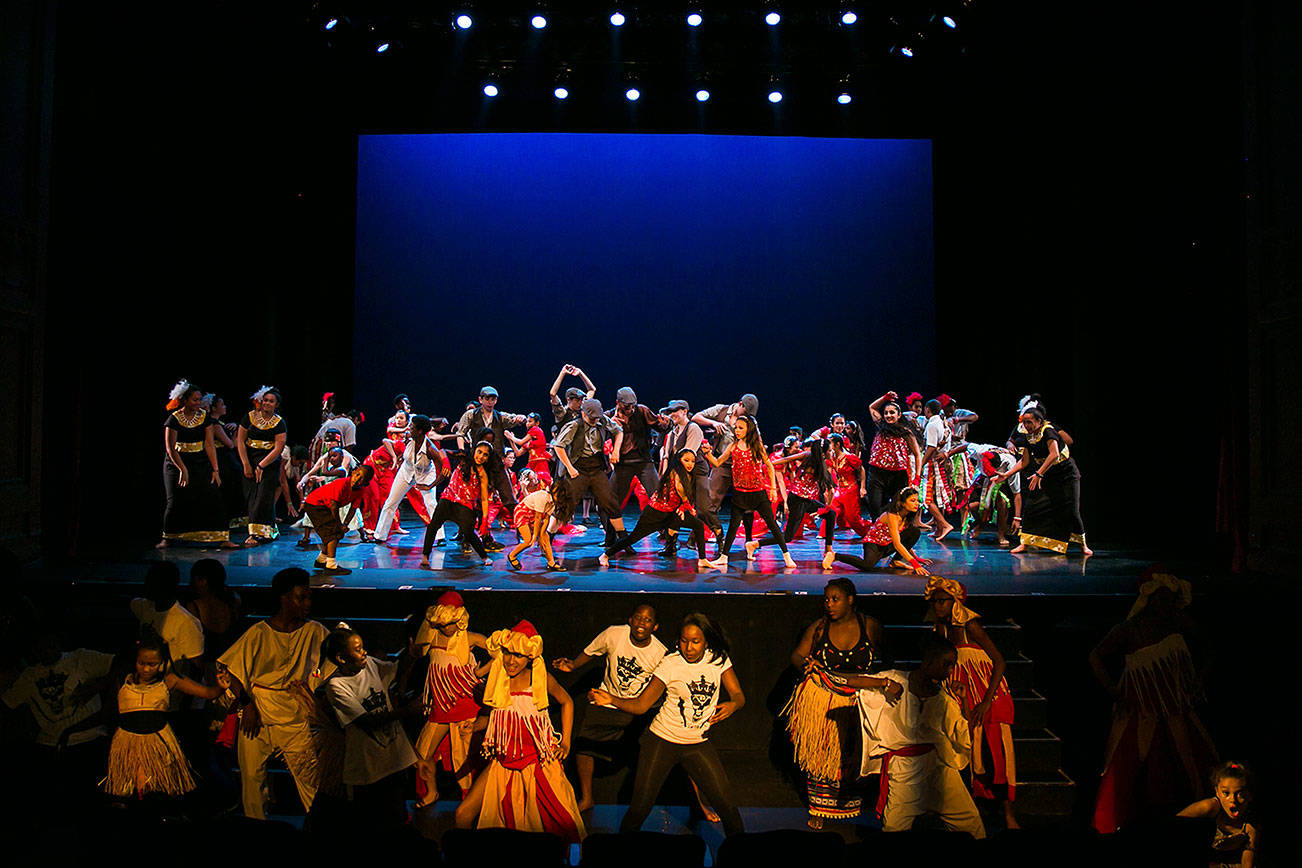At first it looks like a contradiction. In the same season that Pacific Northwest Ballet is presenting an evening of works by female choreographers, the Men in Dance group is hosting a showcase of dances all performed by men. Both projects were created to solve a problem in the dance community. On the surface, you’d think they’d cancel each other out, but in fact they each address a different aspect of gender participation in the art form.
As with most theatrical works, the cast you see onstage at a dance performance is a small percentage of the people involved in getting that show produced. From teachers and mentors through arts agencies and presenters down to choreographers and administrators, a substantial number of people are working to make sure that when the lights go up, the performers are onstage. And a substantial number of that substantial number are men. Even though dance has been identified as “women’s work” by the culture at large, the higher up the administrative tree you go, the more male it is. A fast look at 14 of the largest ballet companies in the U.S. shows that just over 80 percent of the artistic directors are men (executive directors do much better, with just under 50 percent women in those positions). But the job that has been the most under the microscope recently is the choreographer.
Women may have been the mothers of modern dance, but female choreographers in ballet are still the exception to the rule. When you look at the historical repertory, you’re hard-pressed to find a work made by a woman, and that imbalance seems to have extended to current times. The tempest in the British press in 2013 about the lack of female choreographers led to much hand-wringing and panel-discussing, but actual change in the studios is a slower process. PNB’s artistic director Peter Boal was hesitant about labeling the company’s November program “Her Story,” not wanting to imply that the choreographers were there for their gender alone. But the three dancemakers represented—Jessica Lang, Crystal Pite, and Twyla Tharp—are some of the most vital choreographers working in any genre today; the hope is that making their presence more visible by bringing their work together can help erase some older stereotypes.
But while often in ballet more men than women make dances, when you shift your attention to performers, a different gender balance is at play. Women began to outnumber men in performance since they were first allowed onstage centuries ago, and are still in the majority. A dance work, or even an entire company, of all women raises no eyebrows today, while an all-male cast, as in the upcoming Men in Dance showcase, is unusual enough to make that aspect a marketing focus. But for Richard Jessup, one of the founders of the project, which celebrated its 20th anniversary last year, that’s still the point. While young men are encouraged to participate in all kinds of sports, dance is still seen as a female activity, and men who pursue it often face even more hurdles than women. While the only actual requirement for a work on the Men in Dance program is that all the performers are male, the presenters are trying to show the broadest variety of work they can. Often you’ll see a snarky jazz work next to an abstract movement study or a work for children. Ironically enough, almost every program has featured dances choreographed by women—the only goal is to show what men can do onstage.
Alongside these distinctions between the people onstage and the people who create the work they perform, a bundle of other issues are involved. Twenty-first-century conversations about equity in dance include gender, but in the intersectional world they need to extend into questions of race and class as well. Ballet, descended from 17th-century royal entertainment, has made some headway in that direction, but still can struggle with inclusion. Despite works of social concern—like Tharp’s Afternoon Ball in the upcoming “Her Story” program, with a trio of street rats set in contrast to a waltzing couple dressed for the ballroom—the repertory has more than its share of fairy-tale narratives. American modern dance has strong roots in women’s rights and social justice, but it can also labor under a stereotype when it comes to embracing a larger community. In a panel discussion about race and dance hosted last spring by Pacific Northwest Ballet, PNB executive director Ellen Walker explained her light-bulb moment when it came to understanding the need for teachers and administrators of color in ballet schools: She compared it to her own experience when she came into a room of fellow dance-company administrators and automatically looked around to see if there were any other women there. As the motto says, you cannot be what you cannot see.
George Balanchine was an extraordinary choreographer, but he was also good with a snappy quote. One of his best-known aphorisms was about gender: “Ballet is woman” has the pithy quality of a T-shirt slogan and the frustrating permanence of established law. Perhaps the goal for the dance community moving forward is to break that law more often.
Men in Dance Showcase, Velocity Dance Center, menindance.org. Fri., Oct. 6–Sat., Oct. 7.
Pacific Northwest Ballet: “Her Story,” McCaw Hall, Seattle Center, pnb.org. Fri., Nov. 3–Sun., Nov. 12.
dance@seattleweekly.com
